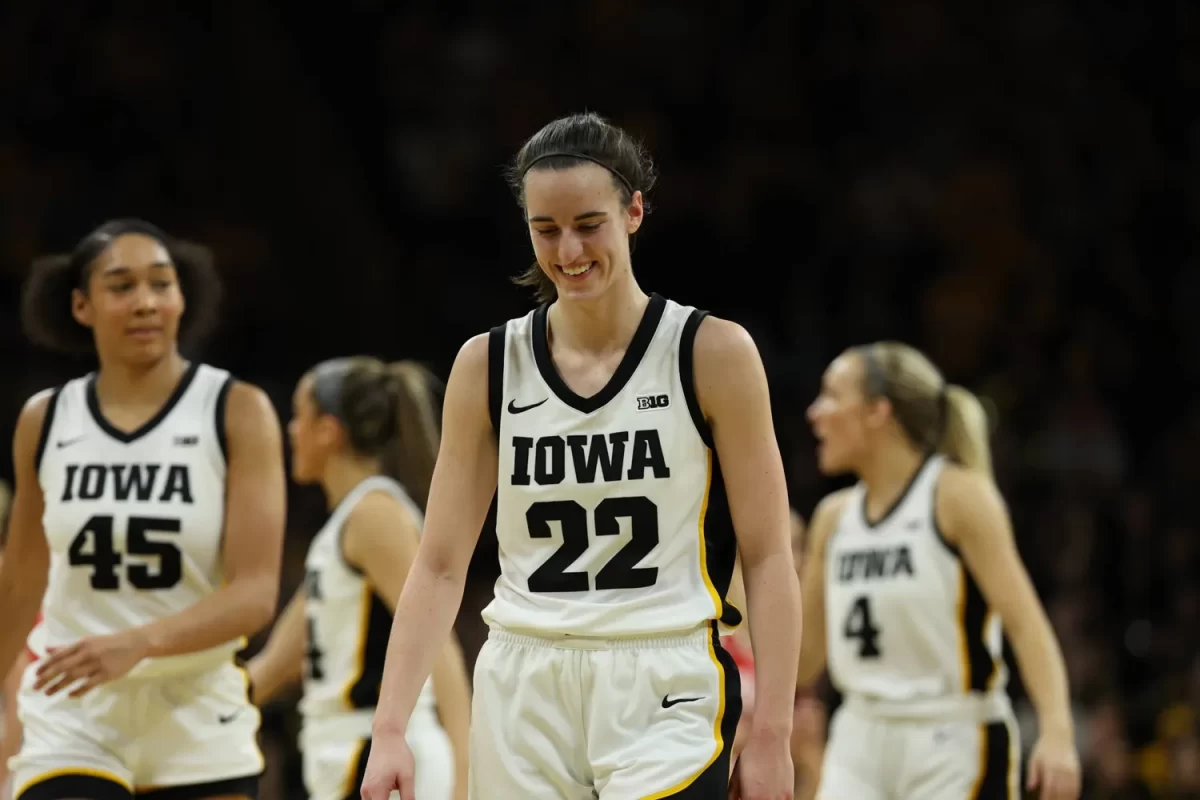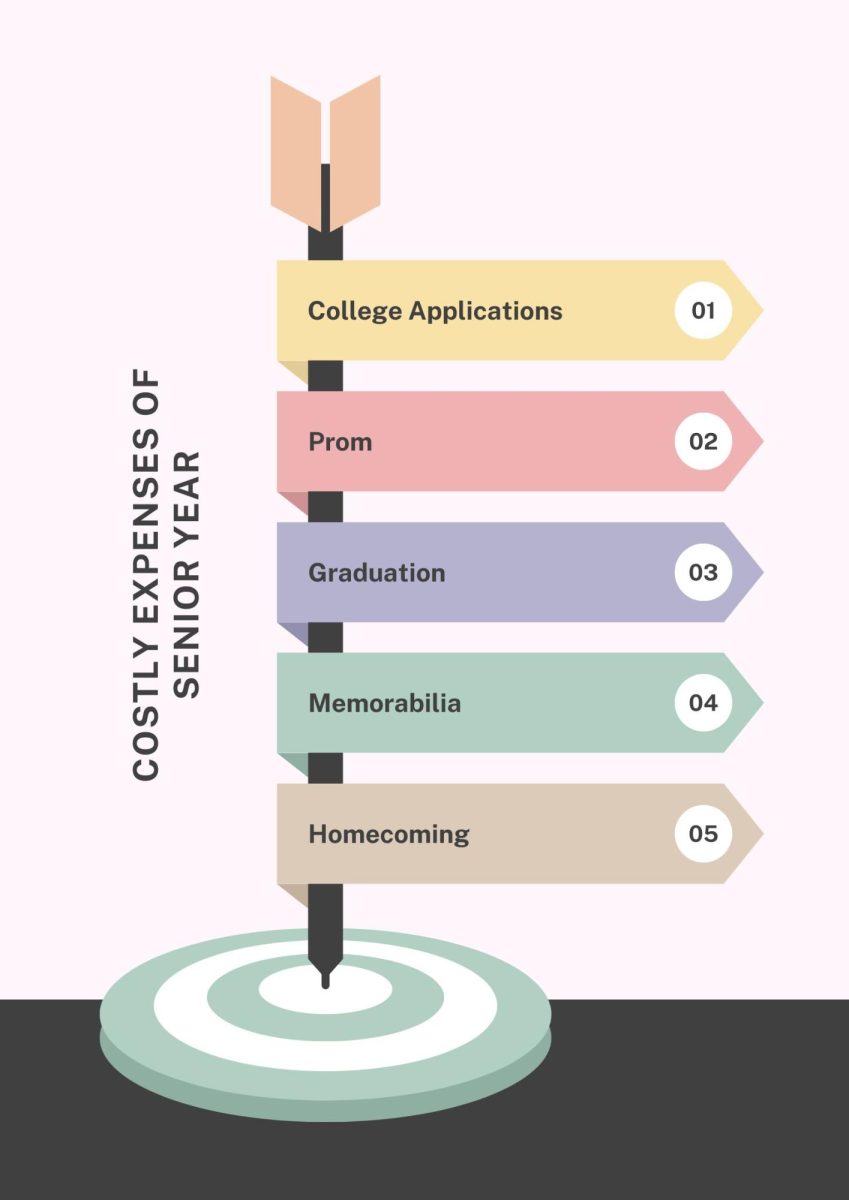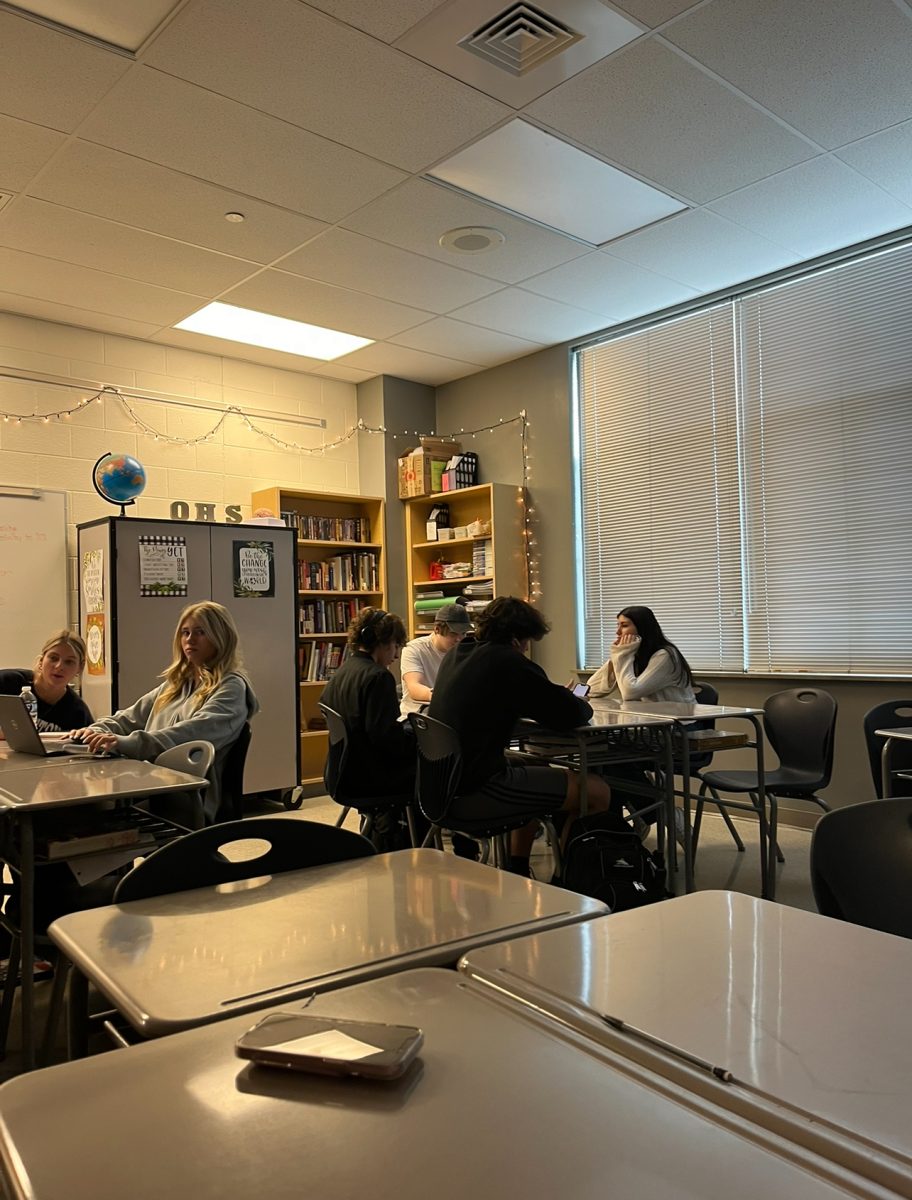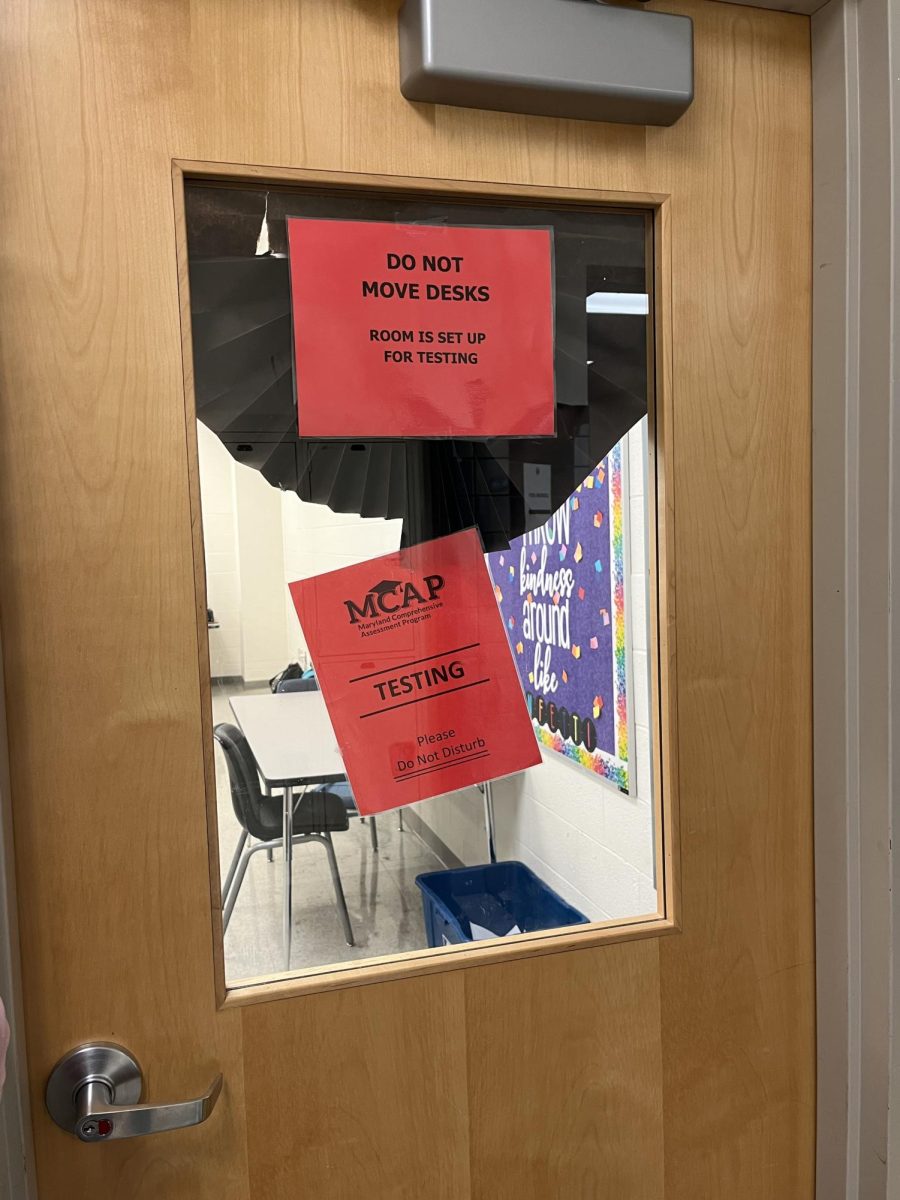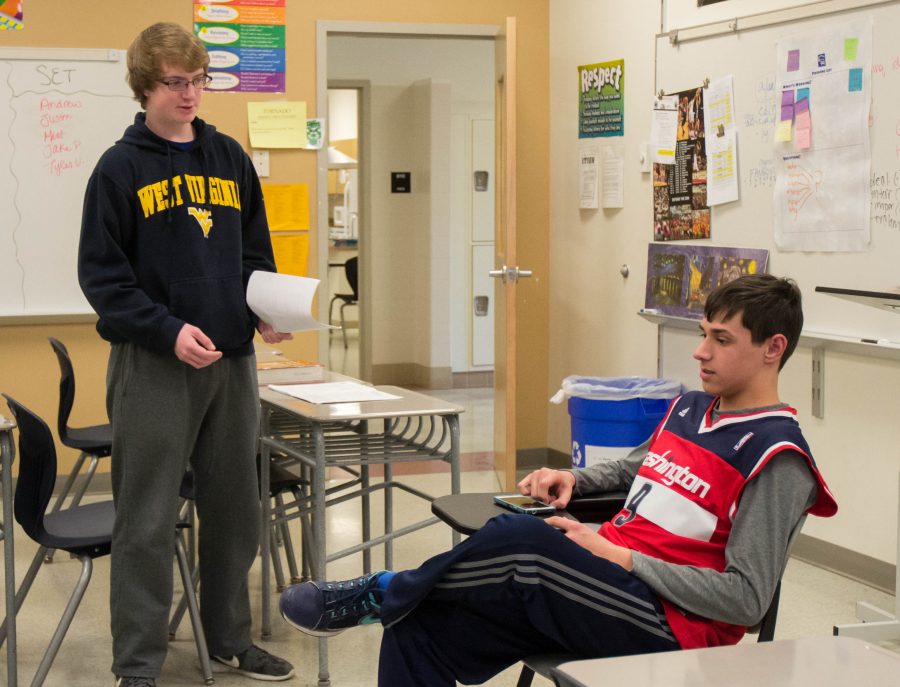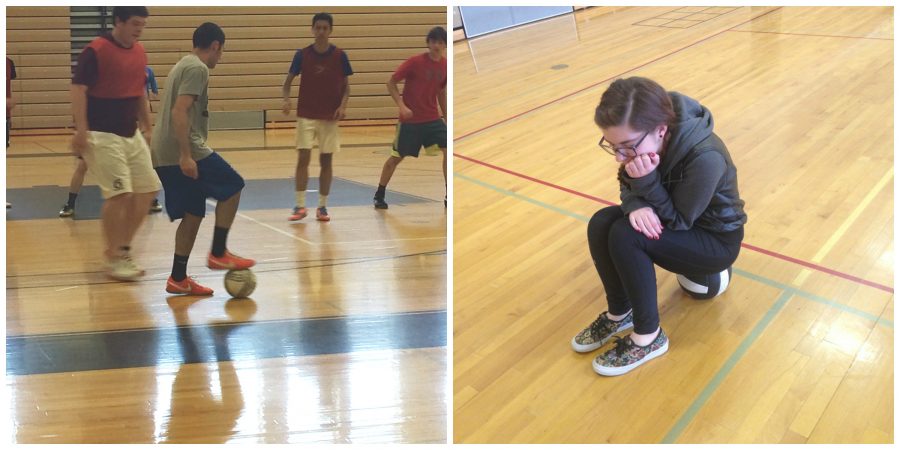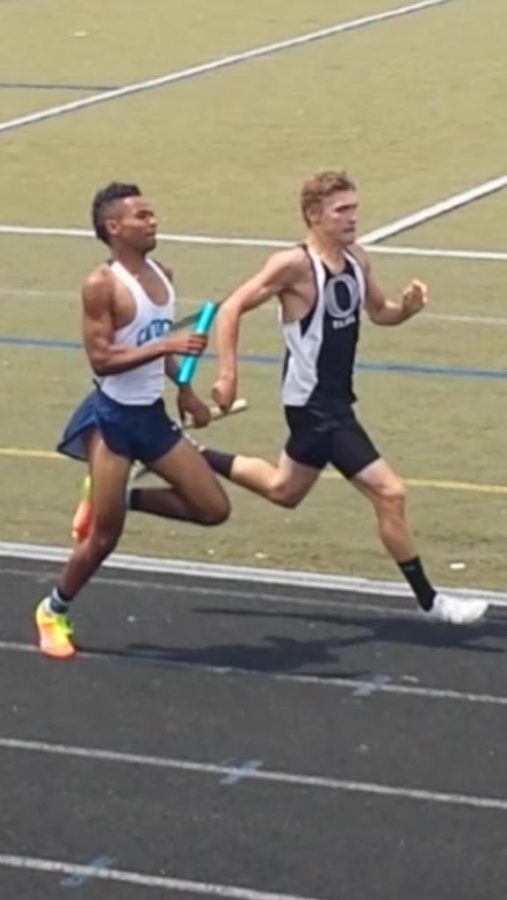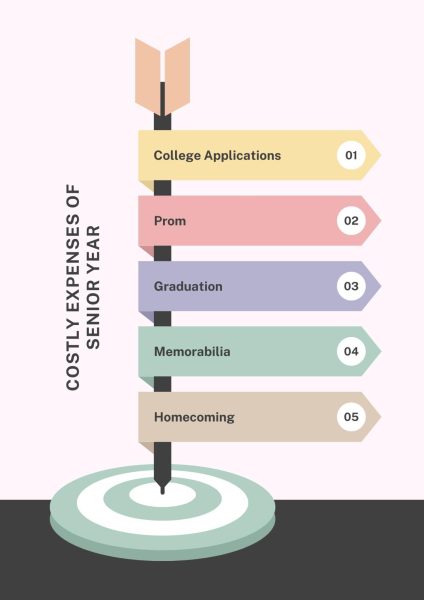Protect the Students

January 8, 2018
When one sends their child off to school, they give up complete responsibility and put their child’s safety in the hands of the institution. They should know that every safety precaution is being taken at the institution to make sure their child is safe from any harm. Over the years, countless schools have been in various dangerous situations, ranging from bomb threats to actual shootings. Many lives have been lost to those shootings, yet some schools haven’t made any noticeable changes to prevent further tragedies from occurring. Random searches have been enacted and more police officers are present, but is this really the right way to reduce violence in schools?
Wesley Rouch, Oakdale Senior, commented on how he felt about the current student care in schools: “I believe that safety precautions such as the ones listed above aren’t necessary. But subjects such as student’s mental health and bullying need to be taken more seriously. If students are given help or counseling, then incidents can be prevented before they occur.”
“Students worldwide should be taught what to do in a dangerous situation such as a school shooting. They need to be informed of the signs of a possible shooting and what to do in case it does occur. Of course, there are lockdown drills in schools, but students need to know the signs that lead up to school shootings and how to prevent a shooting, such as how to deal with bullying or reaching out to outcasted peers,” Rouch continues.
Some schools depend wholly on finding out about possible gun threats by social media or by students who hear about the possible threat, but waiting for that tip from a student or Snapchat might one day be too late.
Tyler Austin, another Oakdale senior, gives his point of view on the matter: “If students announce a gun threat using social media, there is no guarantee that the news reaches the authorities. Using social media to announce threats can also cause mass hysteria. News on social media spreads like wildfire which can frighten students and can alert the possible gunman.”
The majority of students, of course, have social media; this proves effective if students find out about any threat almost immediately following its posting. Although teachers may not be able to follow students on social media due to rules, they may need to rely on students completely when it comes to threats of being exposed.
“Many students may feel nervous to report a gun threat because they believe the suspect may try to come after them if they hear they gave them up. Also, if the gun threat turned out to be false then the student may feel ashamed and embarrassed,” Austin continues.
Throughout the course of the next few years, further safety precautions may not be enacted. It is all up to school institution and board to decide what measures they’re willing to take in order to ensure the extra safety for the students. In the end, they may understand that one better be safe than sorry because the institution’s failure to be aware of threats may put the school in jeopardy one day.




